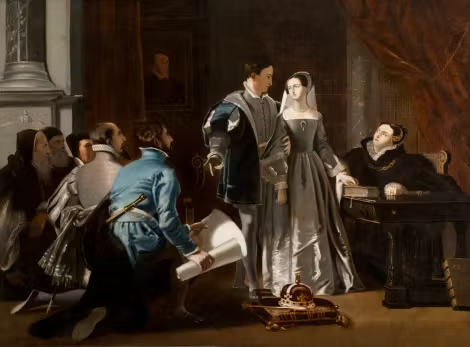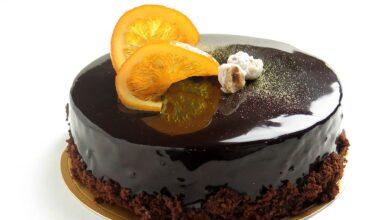Lifestyle
The Lady Jane Grey Engagement Ring: A Nine-Day Queen’s Love Story

The story of Lady Jane Grey, England’s Nine-Day Queen, is a poignant tale intertwined with love, ambition, and tragedy. Central to this narrative is the engagement ring that symbolized her brief reign and the deep affection shared with her husband, Guildford Dudley. This engagement ring, adorned with intricate designs and rich symbolism, represents not just a promise of love but also the political aspirations that defined their lives. The tale of Lady Jane and her engagement ring serves as a reminder of the intertwining of personal relationships and historical events.
Lady Jane Grey was born into a tumultuous time in English history, with power struggles and religious conflicts shaping the landscape. The daughter of Henry Grey, the Duke of Suffolk, Jane was well-educated and groomed for leadership from a young age. Her marriage to Guildford Dudley, the son of John Dudley, Duke of Northumberland, was a strategic alliance intended to strengthen their families’ power. The engagement ring exchanged between Jane and Guildford was not merely a token of love; it was a political tool designed to solidify their union in the face of shifting loyalties and ambitions.
This engagement ring, believed to be a simple yet elegant design, likely featured precious stones and engravings that reflected their status and aspirations. In a time when jewelry often signified one’s social standing, Jane’s ring would have held significant importance, symbolizing both personal affection and political alliance. The commitment expressed through this engagement ring set the stage for their tumultuous life together, one marked by ambition but ultimately overshadowed by tragedy.
After the death of King Edward VI in 1553, Jane was proclaimed queen, albeit for a fleeting nine days. Her ascension to the throne was fueled by the ambitions of her family and the Dudleys, who sought to maintain power in the wake of Edward’s death. The engagement ring, a symbol of her marriage, became intertwined with her brief reign. However, Jane’s reign was short-lived; she was deposed by Mary I, who had a stronger claim to the throne. This swift turn of events illustrates the precarious nature of power during that era and how quickly fortunes could change.
Tragically, after her deposition, Jane was imprisoned and ultimately executed in 1554. The engagement ring, once a symbol of her love and royal promise, transformed into a relic of her downfall. It serves as a poignant reminder of the fleeting nature of power and the profound impact of love in shaping historical narratives. Jane’s love story with Guildford Dudley, once filled with hope and ambition, ended in despair, but their engagement ring remains a symbol of their bond and aspirations.
In modern times, the story of Lady Jane Grey and her engagement ring continues to captivate historians, jewelry enthusiasts, and romantics alike. It embodies the intersection of love and politics, showcasing how personal choices can have far-reaching implications. The legacy of this engagement ring serves not only as a reminder of Jane’s tragic fate but also as a testament to the enduring power of love amidst political turmoil.
Ultimately, the Lady Jane Grey engagement ring is more than just a piece of jewelry; it is a narrative woven into the fabric of English history. It represents the love between two individuals caught in the throes of ambition and power struggles, illustrating how even the most beautiful promises can be overshadowed by the harsh realities of life. In a world where love and politics often collide, Jane’s story remains a powerful testament to the complexities of human emotion and the lasting impact of history on personal relationships.





